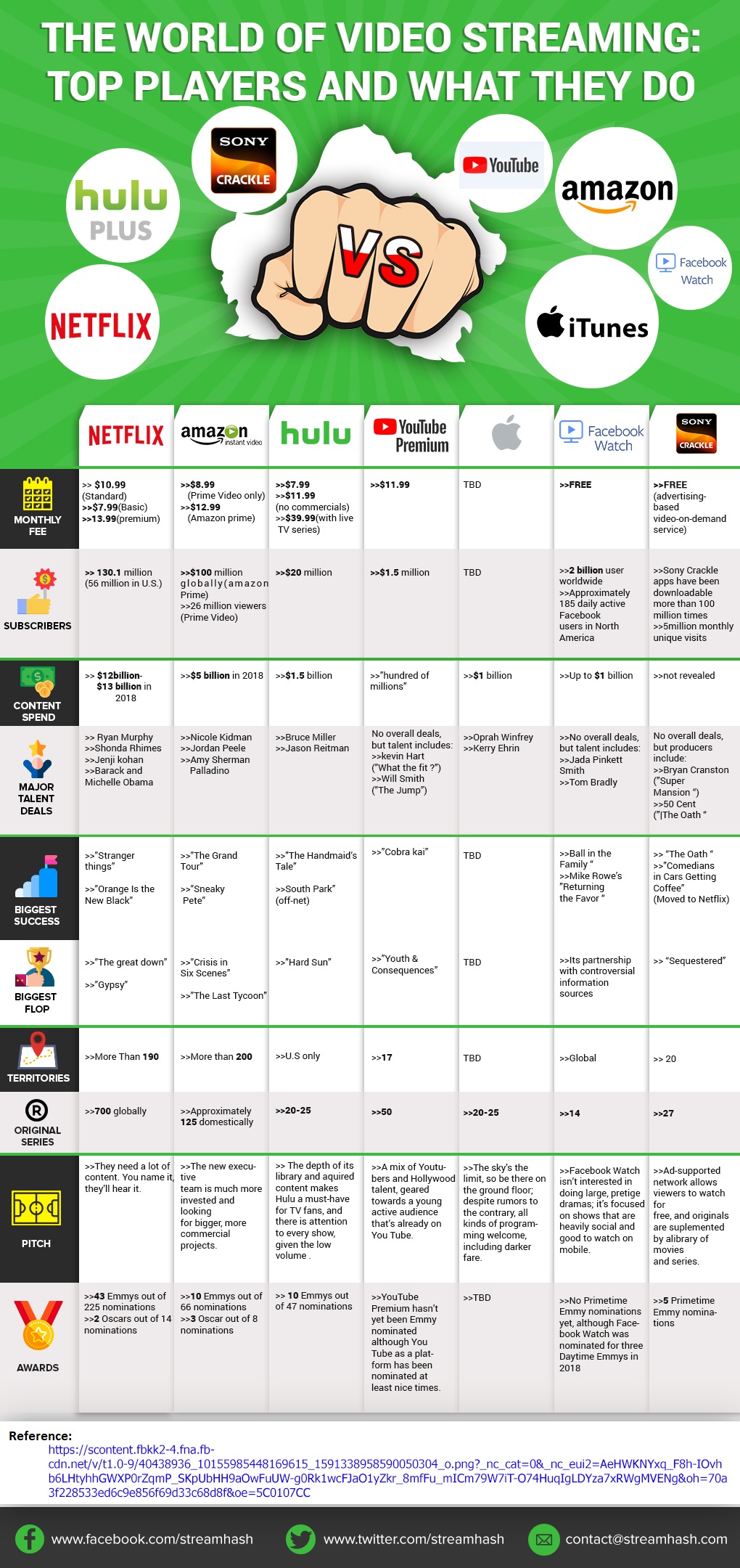Video streaming is a buzz now! The old cable TV is having less deal now. Those days are gone where people used to wait to watch their movie on the television. With time the scenario has changed when online content came into existence.
With the digitalization, users are shifting from analog to digital, which helps to make a choice and get the required content, resulting in increasing their entertainment experience. Also, Viewers can access personalized content with various devices of their choice and record the same content to watch the same in the later period.
The most dominant type of VoD content watched across all regions is movies, followed by TV programs. The other most-watched content types include comedies, series, sports, documentaries, and short-form video content. VoD service providers are continuing to expand their offerings to include a diverse set of content programs. For much better experience users deal with a single video streaming provider rather than managing multiple accounts can be easier.
The Video on Demand Market globally is estimated to USD 56.26 billion in 2017 and is expected to reach a value of USD 93.99 billion by 2023 at a CAGR of 8.93% by the research done by Mordor Intelligence. The research says that video on demand industry has a wide range of scope and for both cable operators and content providers to generate revenue.
With the increasing popularity of online videos, the CDN (content delivery Network) and MVPD (multichannel video programming distributor) are being pressurized.
The overall improved customer viewing experience and cost of the service are the two potential drivers for boosting the video on demand to the peak. The world of video streaming is now crowded by the many dominant players in the industry. If you are looking for cutting the cord, then the infographics below would help you choose the best streaming service by price, usability, and content to try.

